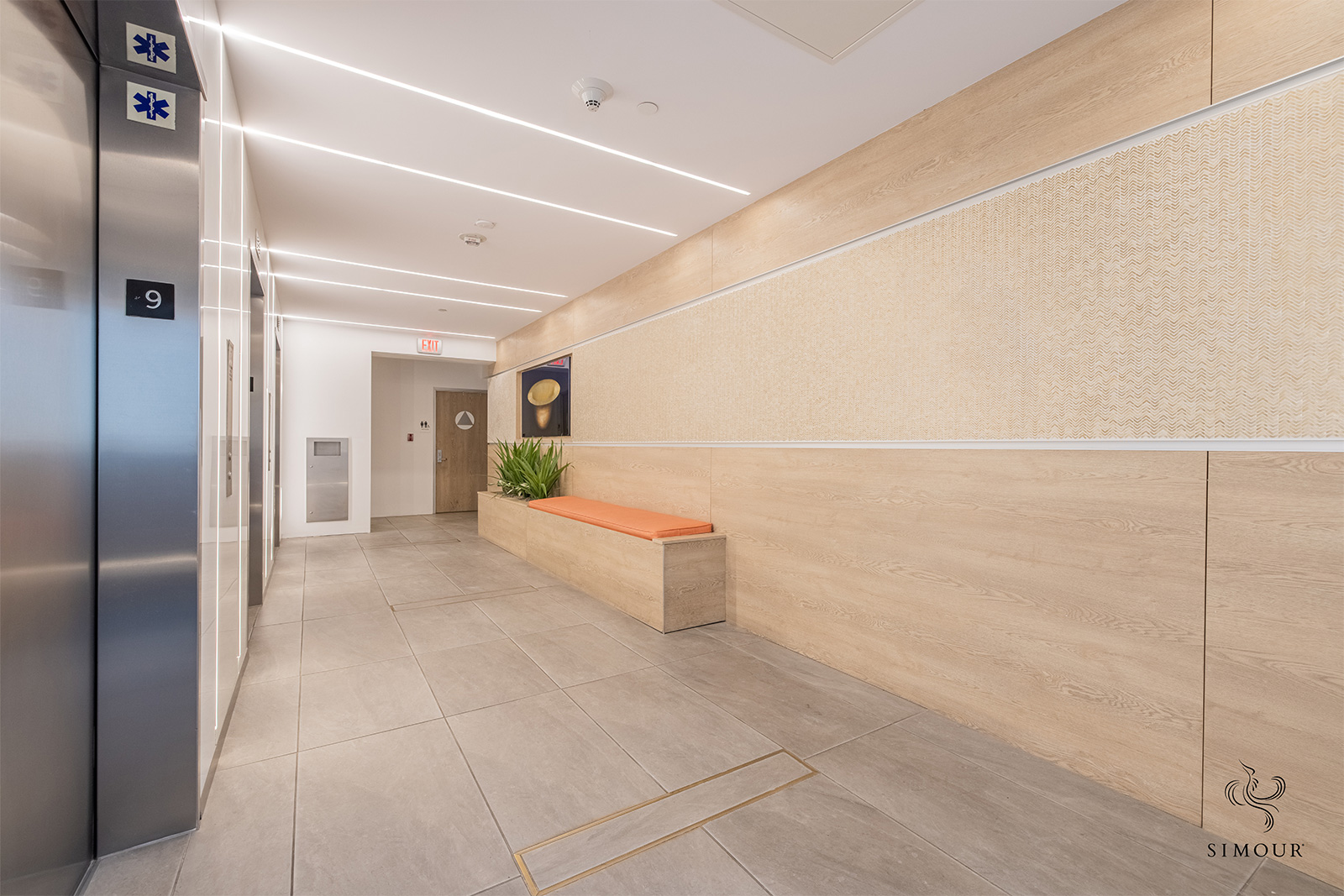Building or renovating your medical office is an investment that needs to be carefully thought out, planned for, and executed well so that they become worthwhile places for healing. As investments go, the subject of building costs is a topic most medical professionals are unfamiliar with, ending up with so much uncertainty and struggling to even get their projects off the ground. We’re here to demystify the costs, dissecting the budget that you need to be familiar with so it doesn’t weigh you down from envisioning, creating, and operating the successful Medical spaces you have envisioned.
Design Costs
When starting a renovation or new construction from scratch, it must begin with planning and all the professional services that come along with it. Design is a long process, it’s not simply an aesthetic exercise. A lot of planning is involved, and inputs from multiple disciplines are needed so that the final plan that gets signed off is made with as few revisions during construction.
Building a team you can trust and one that through reliable recommendations and a robust sample of work. The team is the group of professionals that range from the designers, the consultants, the real estate brokers, and finally the contractor. It may also include a management professional that will handle the budget and monitor how it gets spent and sign off for any work completed – ensuring that they are on specification and on budget.
Design costs vary with the scale of the space and the complexity of the project. Each medical facility, depending on a lot of factors, can also differ in both substance and aesthetic demands. A surgery center will have different needs from a dental office. A medical spa can have specialty spaces like halotherapy and IV drip and the space planning must adjust accordingly and may even include more consultants onboard. Knowing this beforehand prepares you for the cost and the value it serves in the building process. It encourages you to choose the team wisely, so the cost serves your project for maximum benefit avoiding inexperience and mistakes down the road.
Project Costs
Understanding that the project costs can be further broken down into smaller chunks lets you know the finer details of how the budget is going to be spent once construction has commenced. If we take a pie to illustrate the project budget, it would be a surprise to most that only half of it goes into the construction costs itself, these are the costs that go to permits, wages, consumables, and such. The remaining half is split 30% for materials for finishing and an even split of 10% each for professional fees and the contingencies. Staying on budget and using this breakdown as a guide gives enough wiggle room so you avoid overruns and be within a reasonable range to know if you are spending way too much or too little.

Within the construction costs, there are further ways to see if hidden costs are creeping in plain sight. Materials for example are not made the same, zoom out and then zoom back in, you must watch out for the whole picture. One must not just simply look at it at face value. Some materials, while pretty, might entail additional installation costs or may require fussy maintenance that makes them deteriorate faster hence requiring replacement.
Labor costs also can harbor costs that could bite away into the budget unnecessarily. Look at the bigger picture if more working hours will allow you to open faster and recoup the costs proportionately. These are trade-offs that you need to juggle with construction management so you align your business goals with your delivery timeframe.
Now that you have a general sense of what costs you are up with, we hope it arms you with some confidence to brave into the journey towards achieving a medical space that you can truly be proud of. Eliminating these surprises should keep you focused on the goal of running a practice, seeing patients, and overall giving the best patient care possible. Do you feel overwhelmed about renovating or building your medical office? Give us a call now so we can help you with this intentional journey so you can focus on what you do best – to serve and heal your patients. We wish you an amazing and healing journey ahead.




